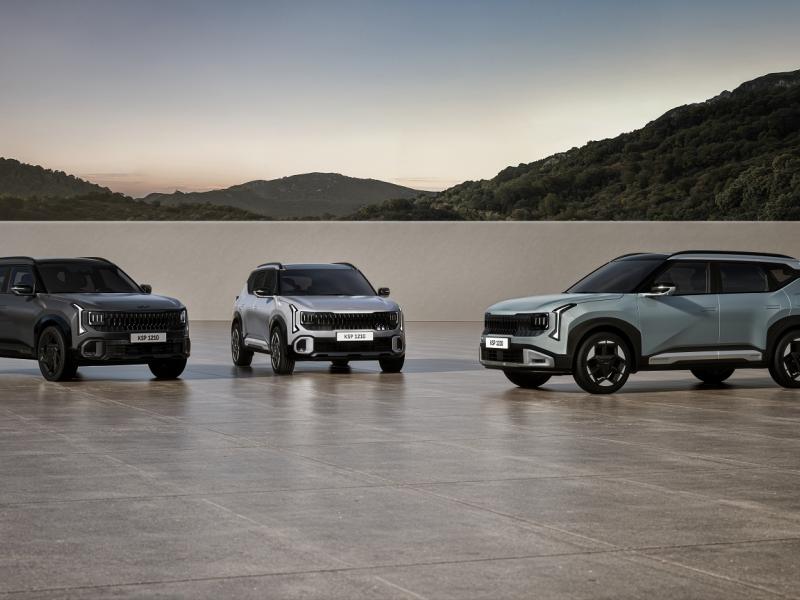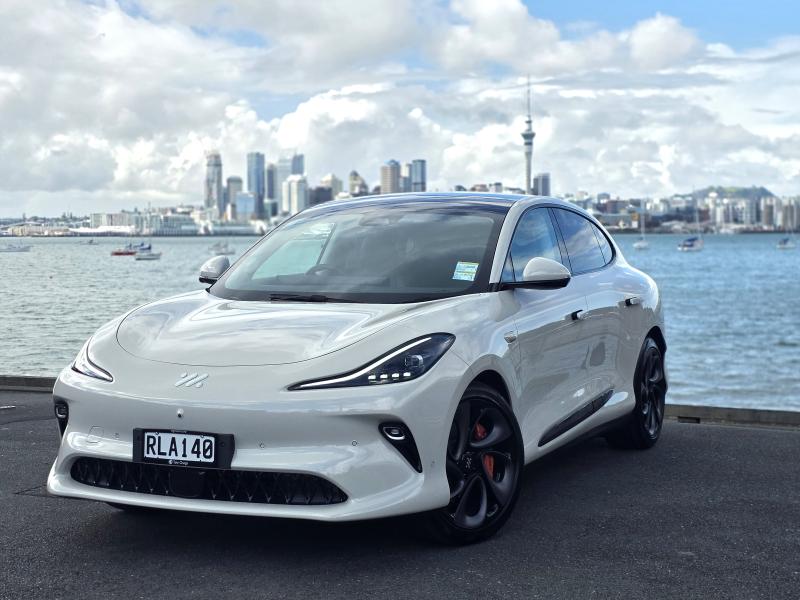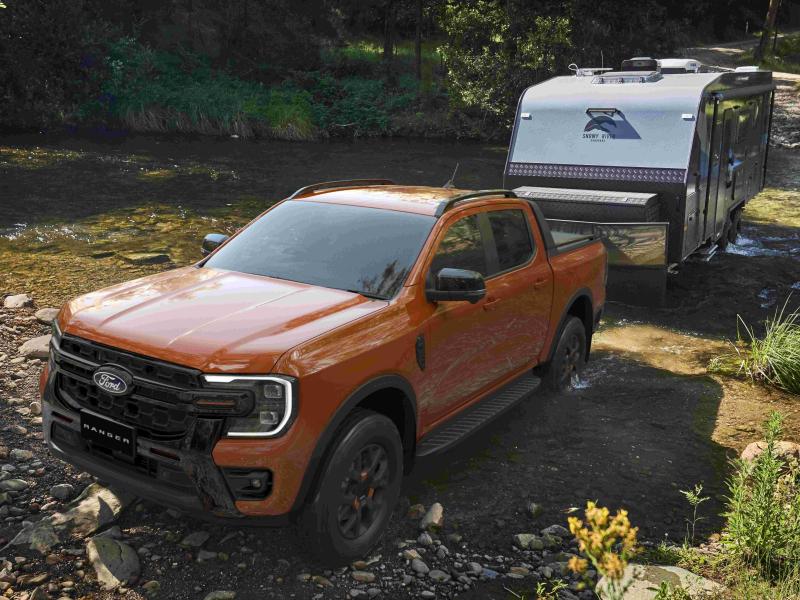Last year at the launch of the all-new Escape, Ford New Zealand announced the incipient arrival of the Ford Escape PHEV – a passenger 4offering to match the commercial PHEV Transit Custom van.
Regrettably, world events sort of put the kybosh on a timely launch, but that was yesterday. Ford New Zealand has taken delivery of the first of the PHEV Escapes, with limited supply trickling into the country in time for an October release.
And for FNZ, October can’t come fast enough. The brand has taken a fair amount of pain in the past few months, with limitations on stock and supply being extremely tight.
Ford Motor Company’s CEO Jim Farley has already determined a course for the brand’s future and electrification is a very strong element for the company moving forward.
It is only a part, however. The brand has a series of core principles which will be directing Ford’s future. These include: competing like a challenger, treating customers like family, creating must have products and services, simplifying everything.
Part of Ford’s strategy going ahead involves strategic partnering. The Blue Oval is already aligned with electric ute supplier Rivian and with Volkswagen for its ID3/4 small passenger vehicles. Also in connection with Volkswagen, Ford is working with Argo AI, a self-driving start-up company and, by no means the end of the story, is collaborating with Amazon Web Services, advancing vehicle connectivity and mobility experiences.
On a more local note, Ford New Zealand faces its own series of challenges which stem from 2019. The company’s range offering has seen significant reduction and supply of what it has available has been severely curtailed, prompting a rethink of how it will do business in a post-Covid New Zealand.
Heroes of the Ford New Zealand fleet then: First up, the Puma which saw 446 units sold in 2019 and is forecasted to double that in 2021 to 802 units, though ST-Line models are severely constrained.
The Escape – also launched in 2019 saw 1040 units sold in that year with 814 forecasted for 2021since there have been no two-litre models produced since January of this year. FNZ is looking to register 404 units by quarter one of 2022.
And the Transit has seen 588 units sold, but it is looking to bounce back by 2022’s first quarter.
As to the Ranger, well, that’s the good news. Ford has retained its leadership in the ute segment with 5130 units sold and almost 100 orders a day – with supply looking healthy.
And in quarter two of 2022 we will see the E-Transit to accompany the Transit Custom PHEV which will see a price reduction so customers may take advantage of the Clean Car rebate, just as they will with the purchase of the Ford Escape PHEV.
There are two Escape PHEV models due to arrive, the base model and the more highly specified ST-Line X. Both are front-wheel-drive as an AWD system is not available with the hybrid powertrains.
As to the powertrains, the PHEVs share a four cylinder, 2.5-litre, port injection petrol engine, an electric motor and a 14.4kWh lithium-ion battery mounted low in the centre of the SUV.
All told, the Escape PHEV develops 167kW at 6250rpm and has a purely electric range of up to 59km – 748km in total and for that emits 33 grams/km of CO2 and boasts a combined fuel economy of 1.5-litres per 100km.
Charge time is 6 hours on a standard at home, 230-volt, 10-amp charger or two hours on a commercial Type 2 alternating current charger.
To maximise the range potential, the Escape PHEVs feature the same four selectable EV drive modes of the Transit van; EV Auto/EV Now/EV Later and EV Charge and the Escapes also feature FordPass Connect and SYNC3 infotainment.
New specification appointments include heads up display, panoramic sunroof, advanced auto park assist, glare-free lighting and hands free liftgate for the ST Line X model.
Pricing for the Escape PHEV models starts at $60,990 for the base model and $66,990 for the ST X-Line variant.






